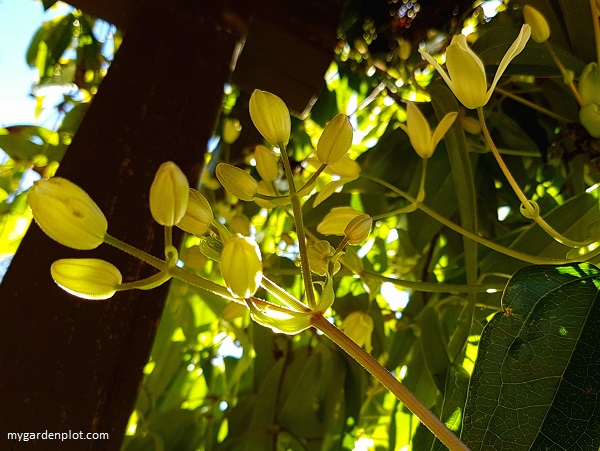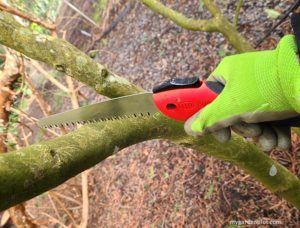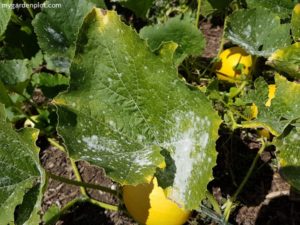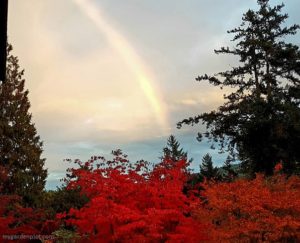Late Winter Gardening Checklist
By the time late winter rolls in, most gardeners are itching for spring to arrive. But ‘late winter’ gardening varies depending on where you are. Here on the west coast of southern British Columbia, late winter is during February. While unpredictable, we are encouraged by periodic spells of warm weather and the appearance of new growth in the garden. We can’t forget, though, it is still officially winter. But our desire for spring to begin draws us out to the garden. And with longer days, we ready ourselves by getting to those gardening tasks preparing for the new season ahead. What to do in the garden in February depends on the erratic weather that our region encounters in late winter. Planning and being ready to tackle those gardening tasks is essential, as soon as it is pleasant and mild enough to enjoy the outside. The weather is just a minor challenge, one that we have grown used to. Stronger still is our anticipation as we sense the renewed energy and awakening in the garden. We are inspired.
What To Do Late Winter In The Garden
- Keep on weeding. It is often easier to pull from moist soil.
- Continue cleaning garden beds, removing dead stems, and start disposing of winter plant debris.
- Apply dormant oil spray were necessary to susceptible shrubs and fruit trees.
- Dig up any remaining root vegetables before early spring arrives.
- Check your soil’s health and measure the pH levels – buy a soil testing kit from your garden centre.
- Start seeds indoors now if you want to plant out by late spring.
- Spread organic compost or manure to your garden after flower and vegetable beds have been cleaned up.
- If you did not previously clean and sharpen your gardening tools. Remember to disinfect pruners and shears to limit disease spread.
- Start shopping for summer-blooming bulbs and store until mid-spring for planting.
- Lightly fork into the mulch a light dressing of slow-release fertilizer if needed specific to your plants.
RELATED TOPIC: Start Planning Your Spring Garden
Late Winter Pruning
- Finish winter-pruning deciduous trees and cut back any shrubs where required.
- Multiple stem perennial shrubs needing rejuvenation pruning benefit being cut back to the soil level to thin out about one-third of crowded older stems.
- Late-season (Group C) and midseason-flowering (Group B) clematis should be pruned, and remove dead debris and re-tie supports. See more information about clematis care and pruning: Tips For Growing Clematis
RELATED TOPIC: Pruning Tips For Specific Plants
Late Winter Lawn Care
- Keep off the grass as much as possible if still soggy.
- Apply dolomite lime to your lawn to counteract acidity if needed.
- Remove moss and thatch from lawns.
- Start prepping for new lawns.
RELATED TOPIC: Lawn Care In Every Season
Best Reliable Plants For Late Winter
RELATED TOPIC: Winter Garden Highlights






